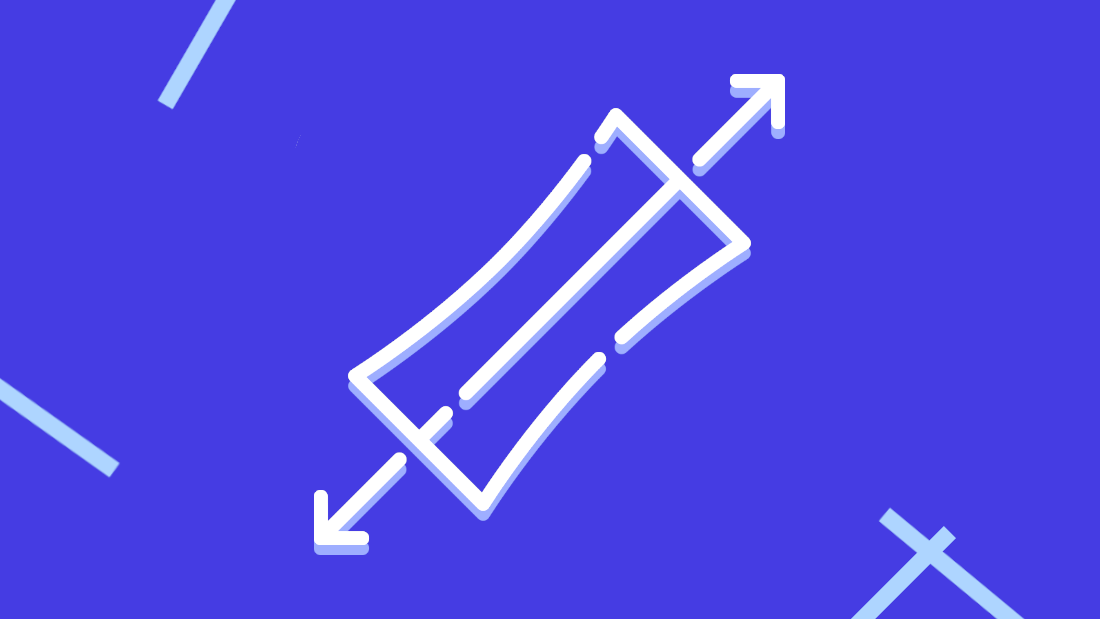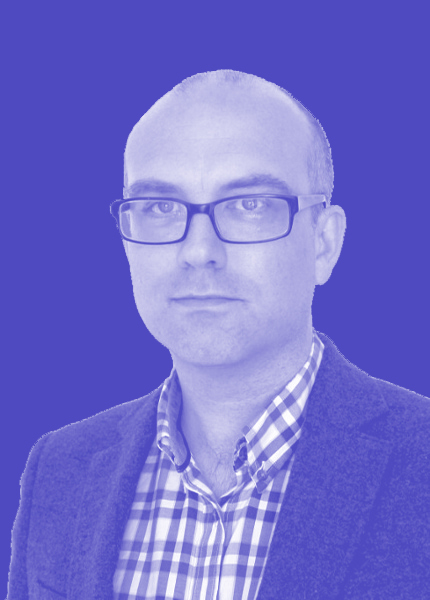Designers and engineers sometimes find themselves butting heads over the urge to explore big ideas versus the reality of implementing them. But that’s no bad thing.
Designers like to ‘reframe’ problems. Here, we can reframe ‘conflict’ as ‘tension’, which can be helpful. When we pull in two different directions, we find the natural centre, and make our work stronger overall.
Without designers and their ‘impossible’ ideas we might not challenge ourselves and innovation would be less likely.
And without that return challenge from engineers, designers might never come back down to earth.
Tension in practice, on projects
When we talk about tension, what do we mean in reality?
Thinking about a healthcare project I worked on the tension manifested there in a couple of instances.
First, when urgent requests came in from stakeholders with JFDI (just flipping do it) status.
For the engineers on the project this was primarily a logistical challenge – how do we find the time to do the work and make sure it’s tested and deployed with care?
But for designers there’s usually a point of principle involved:
- How do we know users need or want this?
- Is the decision supported by research?
- If we do this, are we skipping past better solutions?
- What if this change makes things worse?
Secondly, there were times when designers wanted and needed to brainstorm in the widest, weirdest, wildest ways. It’s part of our process, following the double diamond process.
For engineers, though, this sometimes feels like a waste of time. Can’t we skip this ideation phase and get to the useful stuff? “Why don’t we just…?”
This manifests as conversations in which we designers talk excitedly about all the cool stuff we’ve found during desk research while engineers chip in to say “Can’t be done, not technically possible, next please!”
Engineers are creative, designers are practical
But let’s pause here to check some stereotypes.
Designers don’t like to be thought of as impractical daydreamers. They know the work they do has to lead to solutions that can be implemented. Most of us have worked on the hard edge of delivery and have contributed to many very practical, very real products during our careers.
Equally, it’s not fair to suggest engineers aren’t imaginative. You only have to get chatting in a coffee break to hear about the projects they do outside work, from filmmaking to game development to photography to… You get the idea.
And on the healthcare project I mentioned above it was an engineer who came up with the most radical solution of all for the problem we were trying to solve:
“If service users don’t know whether to go to facility A or facility B, based on the urgency of their need, why don’t we build those facilities next door to each other? Then, when we need to redirect people, it’s just a matter of sending them a few metres up the road. It takes the pressure off the user to work out which is the right site.”
Of course that’s not practical – we can’t rebuild a whole clinical estate!
But it did get us thinking differently about how we explained the purpose of each facility to users and brought home that this was about more than websites and digital solutions.
The role of lead designers and delivery managers
Delivery managers keep projects on track, guiding mixed teams of engineers and designers to meet deadlines and meet the client brief.
My colleague Anne Dhir has previously written about how delivery managers and designers can help each other:
“Human-centred design requires designers to immerse themselves in the experiences of customers and bring their voices to the heart of organisations’ decisions. However, the people lens needs to be balanced with the other parts of the triple bottom line: financial and environmental sustainability. Delivery managers keep a constant eye on the balance. They ensure that the technology, operational, financial and benefit management teams are involved from the start.”
On some of our more substantial client projects we also have design leads, like Harriet de Wet across various strands of work on NHS.UK, Stacey Budd on NHS Find-a-service, and Miriam Vaswani on NHS Wayfinder.
They champion design with the wider team while also helping designers work pragmatically and constructively with engineers and stakeholders. As Stacey puts it:
“It’s demystifying the design process, so delivery managers and business analysts will advocate for human-centred design, even when we’re not in the room.”
Tension is energy
Tension keeps things lively. At Sparck, and across BJSS, we resist the temptation to blandly agree with each other about things for a quiet life.
We discuss and debate all sort of issues, from AI to accessibility best practice – professionally, but robustly.
Because the position you get to when you’ve challenged each other, and held each other to account, is always stronger.



